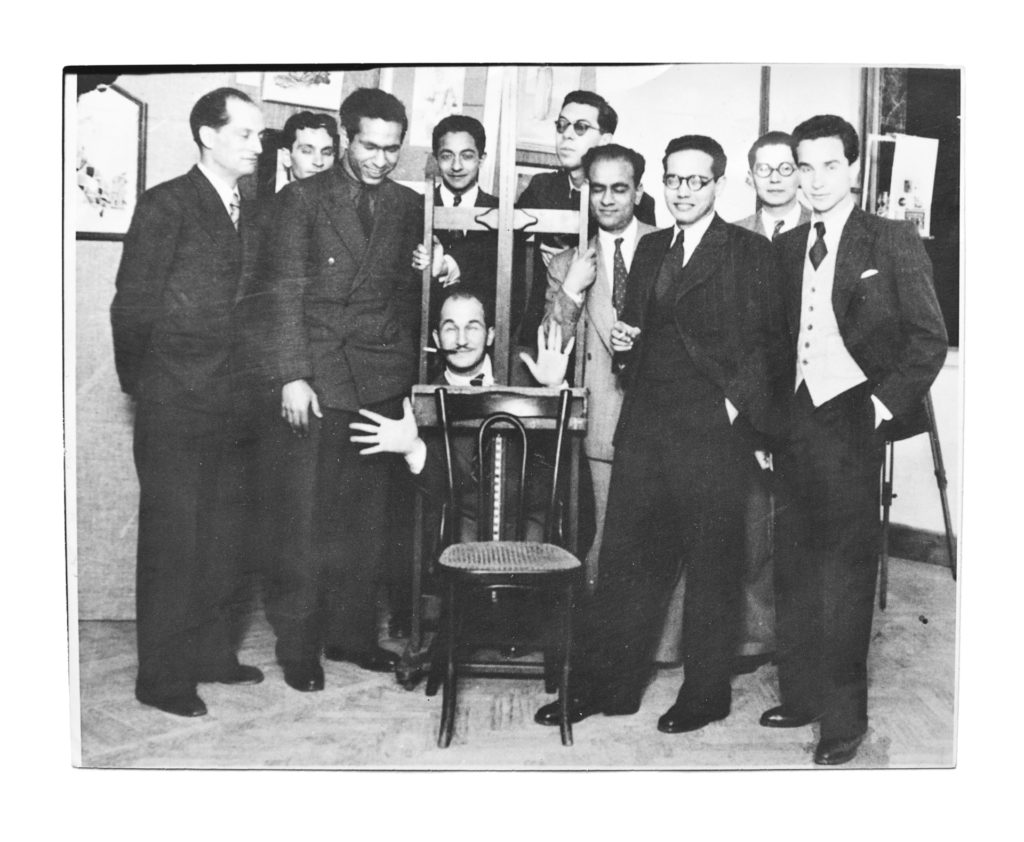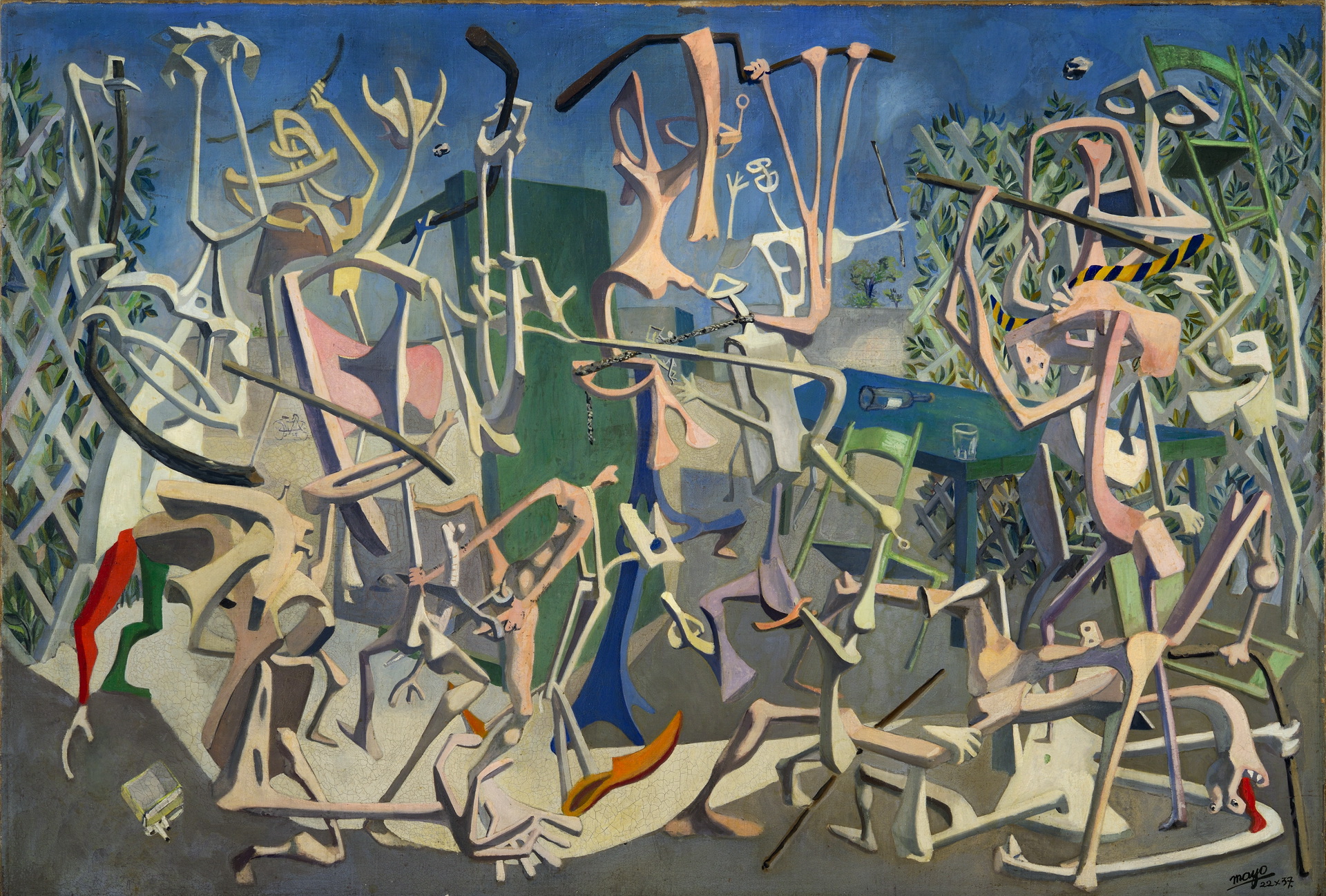Preview:
Surrealism in Egypt
Art et Liberté were revolutionaries split apart by revolution. A new exhibition in Liverpool brings the vast work of the Cairo collective together for the first time
On 22 December 1938 the launch of the manifesto Long Live Degenerative Art founded the collective Art et Liberté (Art and Liberty), the radical Cairo-based group up of artists, writers and political activists. Its work makes up a significant yet under-represented chapter in the history of surrealism but a new exhibition in Liverpool, with more than 100 paintings, photographs, drawings, archival documents and film, many previously unseen in the UK, now traces its history.
“From the mid-1930s onwards, Egypt was experiencing a rise in local totalitarian sentiment, evidenced in a proliferating debate about the virtues of fascism,” explains academic and curator Till Fellrath – who along with Sam Bardaouil makes up the New York and Munich-based Art Reoriented, which put together the exhibition. “Art et Liberté took an active stand against all expression of fascism, both in Egypt and abroad.”
The collective saw the mainstream art scene as championing bourgeois conservative aesthetics and moral values and instead called for a revolution in the art world and beyond. The destruction caused by war featured extensively in Art et Liberté’s paintings, caricatures and literature.
“Their manifesto came as a result of the growth of local fascist sentiment, as well as a condemnation of the Entartete Kunst exhibitions that were orchestrated by the Nazi Party in Germany,” adds Bardaouil. “It was triggered by a lecture by the Alexandria-born father of Futurism, Marinetti, when he was on a visit to Egypt in March 1938 as a delegate of the Italian fascist state.”
The manifesto had 37 signatories – artists, writers, political activists – and was circulated internationally. The main figures initially were poet Georges Henein, painter and theorist turned film-maker Kamel el-Telmisany, Trotskyite writer Anwar Kamel and his younger brother, the painter Fouad Kamel. The theorist and painter Ramses Younane joined them.

“Together, they opened up the surrealist canon, infusing it with a broader range of pictorial and literary styles, providing the movement with a renewed definition – both its theory and expression,” says Fellrath, explaining that they found in surrealism both an artistic and social project through which they believed they could achieve revolution.
Besides mounting various solo and group shows, the group had two journals, a bulletin and two publishing houses and engaged in political demonstrations on the streets but by the 1950s, they’d separated, many having moved abroad to escape Egypt’s repressive political climate following the 1952 revolution. That meant there has been no complete presentation of their work until now, says Bardaouil, who spent six years researching for the exhibition with Fellrath.
“We conducted more than 200 field interviews with descendants and surviving contemporaries, in Cairo and Alexandria, along with many other cities as far-flung as Paris, London, Athens, Beirut, Dubai, Doha, New York, Mexico City and Tokyo.”
The exhibition has already visited Paris, Madrid and Düsseldorf. Fellrath said it was “imperative” to exhibit it at the Tate because of Art et Liberté’s strong ties with the British surrealists. The timing too, Fellrath says, is apt.
“When we seem to be witnessing a rise in populism and national sentiment, often accompanied by a xenophobic rhetoric, it is very timely to be reminded of the example of Art et Liberté, who fought against the segregation of people and the confinement of individuals within national and political labels.”
Surrealism in Egypt: Art et Liberté 1938-1948 is at Tate Liverpool, 17 Nov-18 March

Leave a reply
Your email address will not be published.